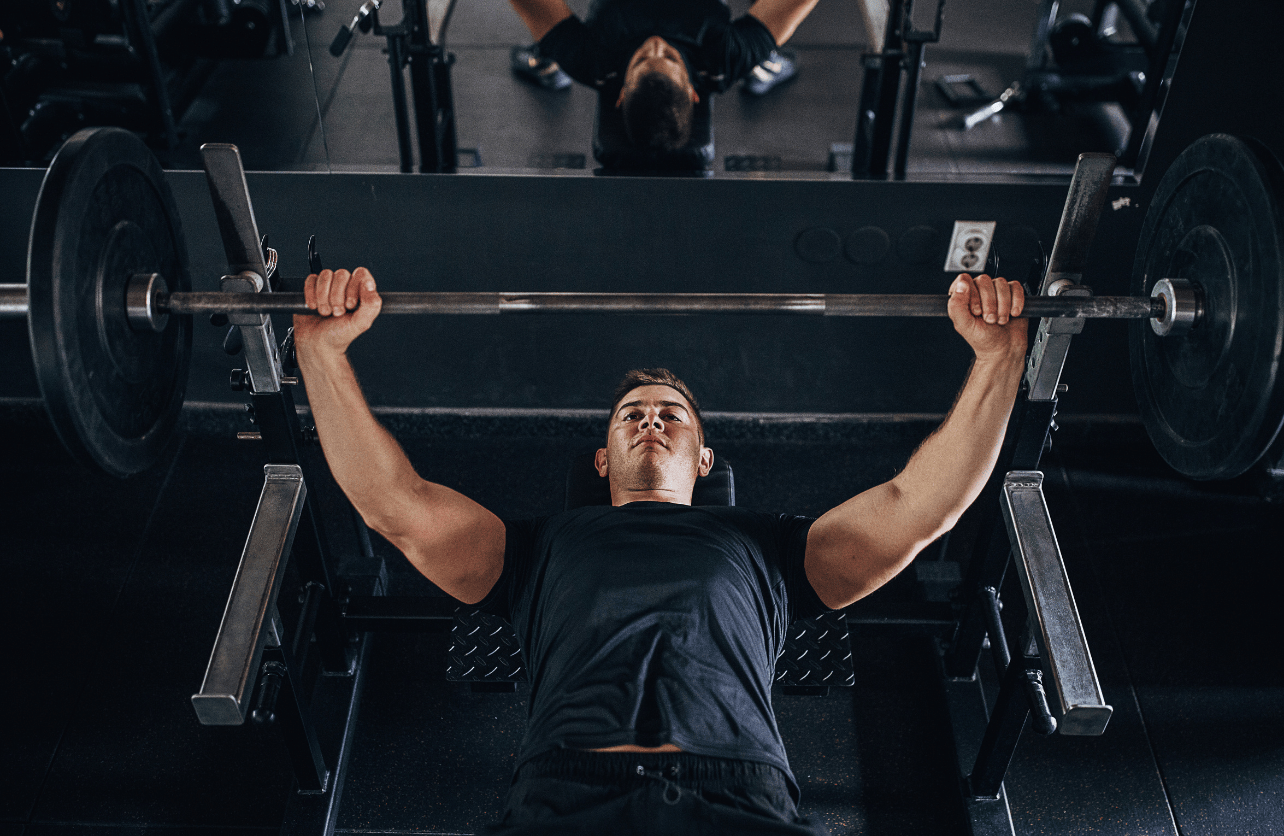Why You Need Safeties on a Power Rack

Power racks are a staple for serious strength training, providing versatility, stability, and safety for heavy lifts. However, one crucial feature that often gets overlooked is the inclusion of safeties. Whether you’re squatting, bench pressing, or performing any free-weight exercise, safeties act as a protective barrier between you and potential disaster. Let’s explore why safeties are an indispensable component of a power rack and how they enhance your workouts.
What Are Safeties on a Power Rack?
Safeties, also known as safety bars, pins, or straps, are adjustable mechanisms installed on a power rack to catch the barbell if you fail a lift. They’re positioned at a height just below your expected range of motion, providing a fail-safe system that protects you from injury and your equipment from damage.
Safeties come in different styles, including:
- Safety Pins: Solid metal rods that can withstand heavy loads but may cause barbell wear during drops.
- Safety Straps: Durable, flexible straps that absorb impact and reduce barbell damage.
- Flip-Down Safety Bars: Adjustable, metal bars that are easy to position and highly reliable.
Why You Need Safeties on a Power Rack
Enhanced Safety During Heavy Lifts
Lifting heavy weights comes with inherent risks, especially when performing exercises like squats or bench presses. Safeties provide a mechanical spotter, catching the barbell if you fail to complete a lift. This feature is invaluable in preventing injuries, particularly in solo workouts.
Imagine squatting heavy without a spotter. If you can’t complete the rep, the barbell could drop to the ground—or worse, onto you. Safeties eliminate this risk by providing a secure stopping point for the bar.
Confidence to Lift Alone
One of the biggest benefits of safeties is the confidence they give you to push your limits, even when working out alone. Without safeties, the fear of failing a lift might hold you back from attempting heavier weights.
With properly adjusted safeties, you can focus entirely on your form and effort, knowing you’re protected if things don’t go as planned. This peace of mind is especially useful for home gym enthusiasts who don’t have access to a spotter.
Protection for Your Equipment
Dropping a heavy barbell onto the ground—or directly onto metal pins—can damage both the bar and the rack. Safety straps, in particular, are designed to absorb shock and minimize wear and tear on your equipment.
By using safeties, you prolong the lifespan of your barbell and rack while avoiding costly repairs or replacements.
Increased Versatility in Workouts
Safeties aren’t just for catching failed lifts; they also open up a world of training possibilities. For example:
- Rack Pulls: Perform partial deadlifts by setting the safeties at the desired height.
- Pin Presses: Focus on specific portions of your bench press by starting from the safeties.
- Isometric Holds: Push against the safety bars to build strength at specific points of your range of motion.
This versatility allows you to tailor your training to specific goals, whether it’s improving your weak points or adding variety to your routine.
Accident Prevention
Even experienced lifters can lose control of a barbell due to fatigue, misjudgment, or unexpected factors. Safeties act as a physical barrier, preventing the bar from falling uncontrollably and creating a safer environment for you and anyone nearby.
For beginners, safeties are particularly important. They provide an added layer of security, encouraging proper technique without the fear of dropping the bar.
How to Use Safeties Effectively
To get the most out of your power rack safeties, follow these tips:
- Adjust the Height Correctly: Position the safeties slightly below your lowest range of motion for each exercise. This ensures they’ll catch the bar without interfering with your movement.
- Test the Setup Before Lifting: Perform a dry run to confirm that the safeties are at the right height and can support the bar if needed.
- Choose the Right Type of Safeties: Depending on your lifting style and priorities, decide between pins, straps, or flip-down bars. Straps are ideal for preserving your barbell, while pins and bars offer solid, no-flex support.
- Inspect for Wear and Tear: Regularly check your safeties for signs of damage or loosening to ensure they remain reliable.
Why Safeties Are a Must-Have
While some lifters may see safeties as optional, their benefits far outweigh the cost or effort required to use them. They provide peace of mind, enable solo workouts, protect your equipment, and add versatility to your training.
A power rack without safeties is like driving without a seatbelt—you might get away with it most of the time, but the one time you don’t could have serious consequences.
Summing Up
Investing in a power rack with safeties isn’t just about convenience—it’s about creating a safer, more effective workout environment. Whether you’re a beginner learning the basics or an experienced lifter pushing your limits, safeties are an essential feature that allows you to train confidently and securely.
Trustworthy Insights for You
With years of combined expertise in online publishing, OvertimeReviews embodies the lessons learned from SEO strategies to paid advertising experiences. We've navigated the highs and lows, and our goal remains clear: to equip readers with comprehensive information they can trust.

